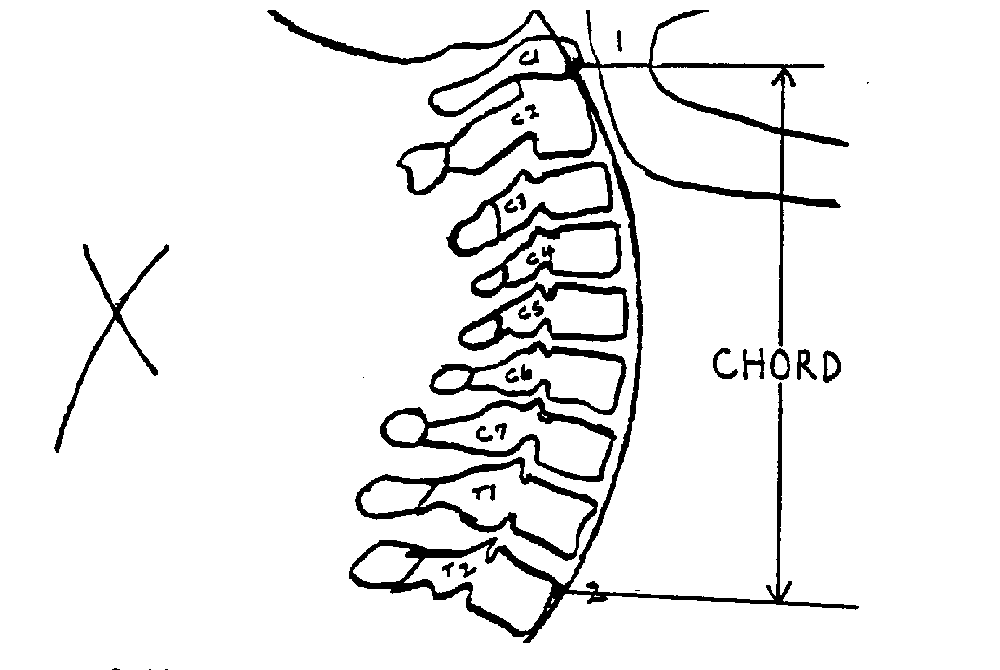Joint Manipulation: Toward a General Theory
Joint Manipulation: Toward a General Theory of High-Velocity, Low-Amplitude Thrust Techniques
SOURCE: J Chiropractic Humanities 2017 (Mar); 20 (1): 1–9
Andrew S. Harwich, D.O.
The Bridge House Practice,
154 Caledonian Road,
Kings Cross, London, UK, N1 9RD
Objective The objective of this study was to describe the initial stage of a generalized theory of high-velocity, low-amplitude thrust (HVLAT) techniques for joint manipulation.
Methods This study examined the movements described by authors from the fields of osteopathy, chiropractic, and physical therapy to produce joint cavitation in both the metacarpophalangeal (MCP) joint and the cervical spine apophysial joint. This study qualitatively compared the kinetics, the similarities, and the differences between MCP cavitation and cervical facet joint cavitation. A qualitative vector analysis of forces and movements was undertaken by constructing computer-generated, simplified graphical models of the MCP joint and a typical cervical apophysial joint and imposing the motions dictated by the clinical technique.
Results Comparing the path to cavitation of 2 modes of HVLAT for the MCP joint, namely, distraction and hyperflexion, it was found that the hyperflexion method requires an axis of rotation, the hinge axis, which is also required for cervical HVLAT. These results show that there is an analogue of cervical HVLAT in one of the MCP joint HVLATs.
There are more articles like this @ our:




